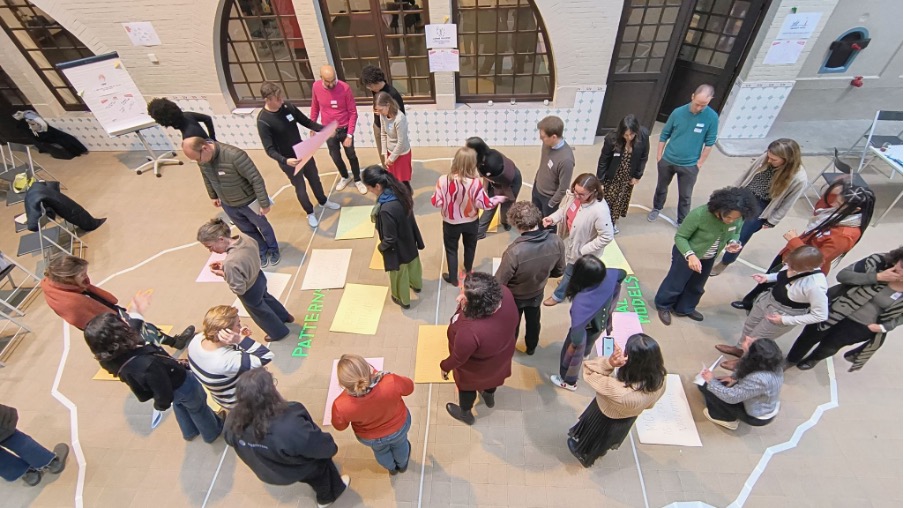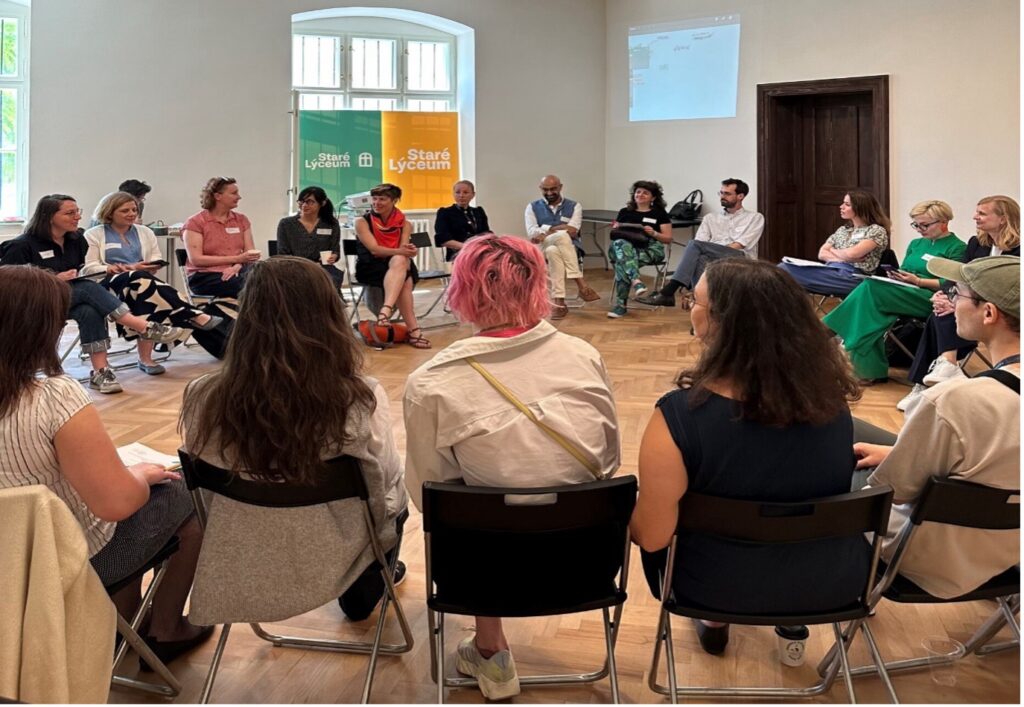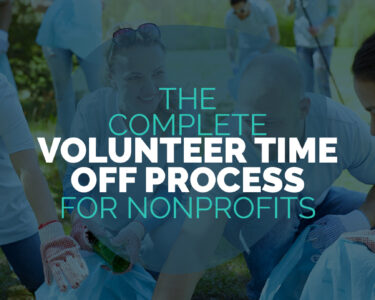Hosted by the Network of European Foundations since 2005, EPIM – The European Philanthropic Initiative for Migration, is one of Europe’s longest-standing philanthropic collaboratives. In 2021, it embarked on an open-ended process of change, reimagining its core structure, grantmaking lens, and leadership model.
The transformation was a bold step not without risk — particularly of donor retention — but it reflected our commitment to maximizing impact in a shifting migration landscape. On the other side of this transition, we identify some of our learnings and invite other collaboratives to look at how they can serve the needs of their ecosystems better.
Why Transform? A Changing Migration and Philanthropic Landscape
In 2021, after 16 years of relative success at the European level, but in an increasingly siloed and stuck migration landscape, it was clear that EPIM needed to evolve to remain an effective player.
Migration in Europe had become increasingly complex, requiring systemic and long-term interventions that would be difficult to achieve with conventional grantmaking frameworks and approaches. We needed to look at how, with whom, and why we made our strategic decisions and examine the role EPIM played in shaping and nourishing the migration ecosystem, and what role we could help play going forward.
We began with a deep look at the needs of the migration ecosystem and our role in it. After numerous conversations with partners, new and old, across the continent, we concluded that the ecosystem needs to think and act like one first, to move forward on migration. We found siloes, little foresight, mistrust, and a lack of legitimacy — with migrants not really having a say — as the main issues within the ecosystem. Also, migration is an inherently societal and transnational issue, and we needed to think beyond exclusively sectoral and national efforts, as seemed to be the norm.
Similarly, for philanthropy to genuinely support systemic change, EPIM and its partners also needed to re-evaluate our roles as funders acting from Brussels. Our ambition needed to shift from top-down processes to a sense-making and grantmaking model that was rooted in partnership and trust and created bottom-up. We needed to intentionally give up power to the ecosystem to increase impact and create an inclusive space to shape strategic directions, emphasising collaboration over control.
Transforming was an opportunity not only to reshape EPIM but also to set an example and a standard for collaborative philanthropy in Europe.
What is Different About EPIM Today?
At the heart of EPIM’s transformation lies a new approach to sense-making, decision-making, financing, and organizational structure. Fundamentally, EPIM now sees itself as a catalyst and curator of the migration ecosystem with the intention of stimulating and nudging the ecosystem towards a new value proposition and greater resilience. In practice, this means a number of changes.
1. Shared Power and Decisions
EPIM’s reimagined model requires that strategy development and funding decisions are made together and equally by our foundation and non-foundation members. This approach allows EPIM to leverage insights from the field and think together with a collective strategic outlook ensuring that our programming and funding decisions align with practical, on-the-ground needs. In addition, by prioritizing longer-term, system-oriented goals, we give our decisions much-needed legitimacy and allow them to service the cause, rather than arbitrary timelines and cycles.
2. Creating the Forum
The Forum — a space for innovation and collaboration — has emerged as a defining element of EPIM’s new structure. More than a general assembly, it is a convening space for selected actors across the migration ecosystem.
Forum members bring diverse lived experiences and expertise from civil society, government, private sector, social entrepreneurship, migrant activism, journalism and philanthropy into a unique social lab where members experiment, strategize, and innovate together.
3. Bottom-Up Clusters Reflect the Reality of Migration in Europe
EPIM’s programming is both topical — focusing on migration governance, work and housing, and geographic — focusing Central and Eastern Europe across three clusters. The clusters approach migration intersectionally and holistically, through lenses like housing, jobs, healthcare and education, and strengthening the civic space and driving civic participation, amongst others — not in a siloed manner where migrants are seen as separate from other conditions of society.
These clusters allow EPIM to align its resources and expertise with needs that have been identified in a bottom-up manner. And they allow partners to engage deeply and learn, fostering a collaborative environment where they work with funders as equals toward systemic change.

Photo: Paz Costantini

Photo: Elizabeth Novacek
What This Looks Like in Action
An example of this thinking in action is EPIM’s fast-evolving Ukraine response. From the outset, following the full-scale invasion of Ukraine, EPIM eschewed a rigid approach, funding place-based and community initiatives and prioritizing multi-stakeholder alliances. The goal was to empower local organizations to respond quickly and effectively while building long-term resilience in their communities.
While initially focused on short-term emergent needs of displaced Ukrainians, like shelter, food, education, and healthcare, the response organically transformed into a long-term cluster on ‘Building Inclusive Societies in Central and Eastern Europe,’ building upon the solidarity displayed by host populations and the collaboration established between civil society, government, and other actors including the private sector. This cluster focused on areas like jobs, migrant participation, the creative use of public spaces, civic engagement, job creation, and entrepreneurship.
In addition, EPIM doubled down on its commitment to strengthening civil society, supporting the creation and scaling of the first-ever pan-Central and Eastern European network on migration and inclusion, and national networks in the service of democracy and belonging in Czechia, Slovakia, and Romania.
Similarly, for its cluster on ‘Shaping the Future of European Migration Governance,’ EPIM co-created the first-ever systems map on the topic. The collaborative sense-making process shed light on the current state of the migration governance system, plotting key dynamics and causal relationships, and offering insight into potential leverage points to intervene upon and nudge the system into a different way of working.
Creating this map involved several iterative conversations and workshops with migration actors across the continent and across sectors, providing a holistic and legitimate view of how migration governance really works and addressing some of the obvious discrepancies between academic study, policy, and actual practices. Grantmaking is currently taking place along the identified leverage directions — reimagining public funding, seeding ethical tech-base pathways and the creation of innovative community-designed solutions.
A Call to Action: Collective Philanthropy as Risk and Innovation Capital
EPIM’s transformation demonstrates that philanthropy can be reimagined to foster a more legitimate, collaborative, impactful, and long-term approach. By investing in a shared decision- and sense-making model, flexible and bottom-up processes, and by taking an ecosystem lens, EPIM’s new structure balances innovation, experimentation, and pragmatism.
This evolution was only possible thanks to the protective umbrella collaborative philanthropy offers — one that allows for partner foundations to distribute risk and gain equally from the dividends of an innovative approach. We hope that this model of collaborative and transformative philanthropy will inspire others to join us, at a time in which migration and the very idea of democracy are more contested than ever.
Raphaela Schweiger was EPIM’s Chair from 2021 to early 2025 and is director for migration and immigration society at the Robert Bosch Stiftung. Sophie Ngo-Diep and Hrishabh Sandilya are EPIM’s co-directors. Due credit should also be given to Milica Petrovic who initiated the process of change as programme director in 2021.
👇Follow more 👇
👉 bdphone.com
👉 ultractivation.com
👉 trainingreferral.com
👉 shaplafood.com
👉 bangladeshi.help
👉 www.forexdhaka.com
👉 uncommunication.com
👉 ultra-sim.com
👉 forexdhaka.com
👉 ultrafxfund.com
👉 bdphoneonline.com
👉 dailyadvice.us




